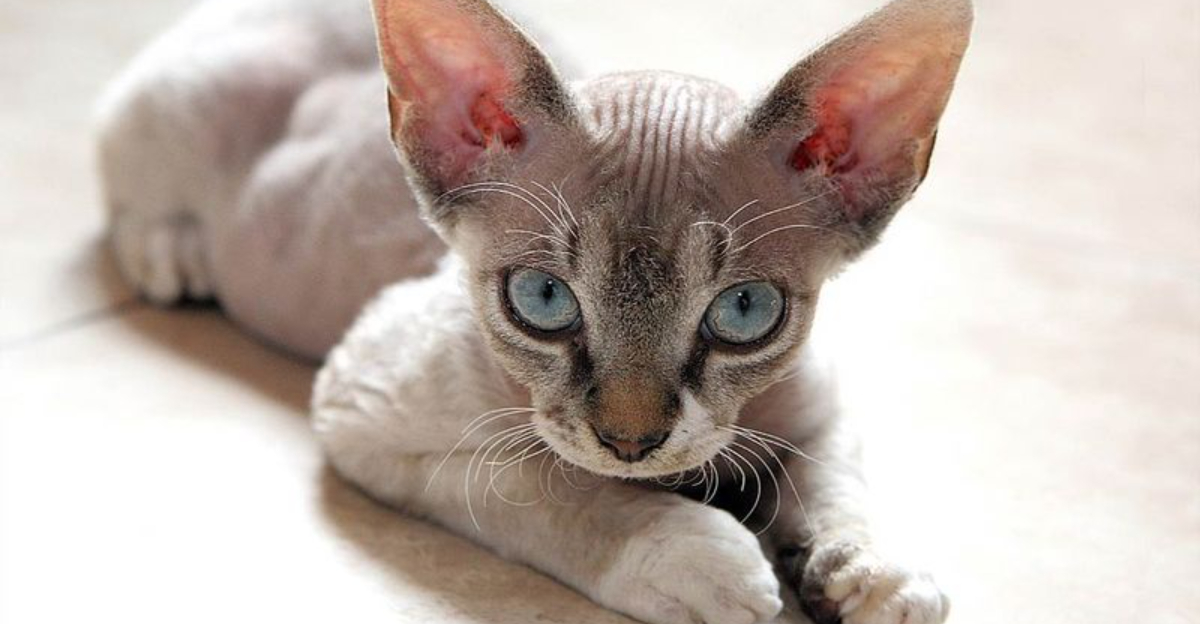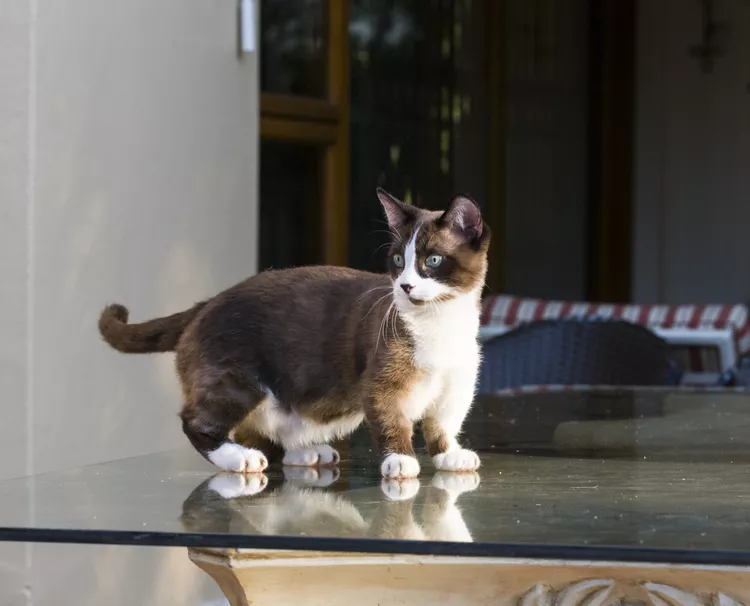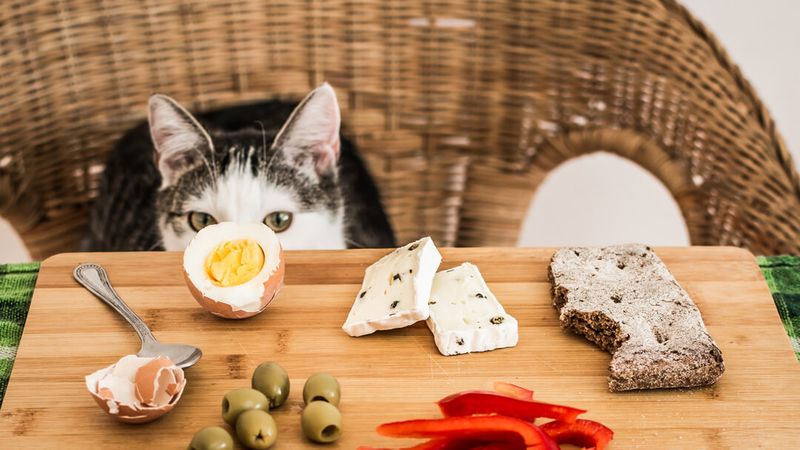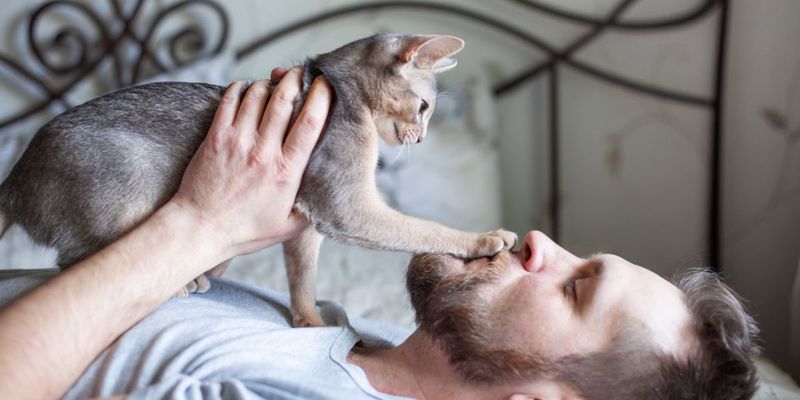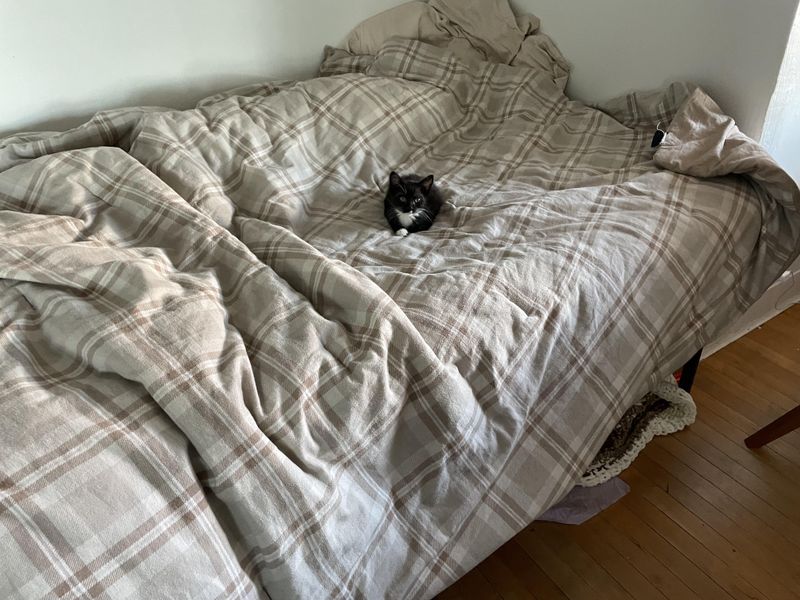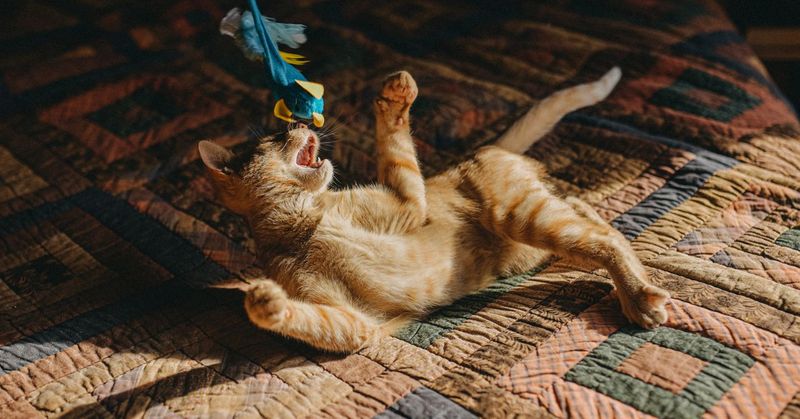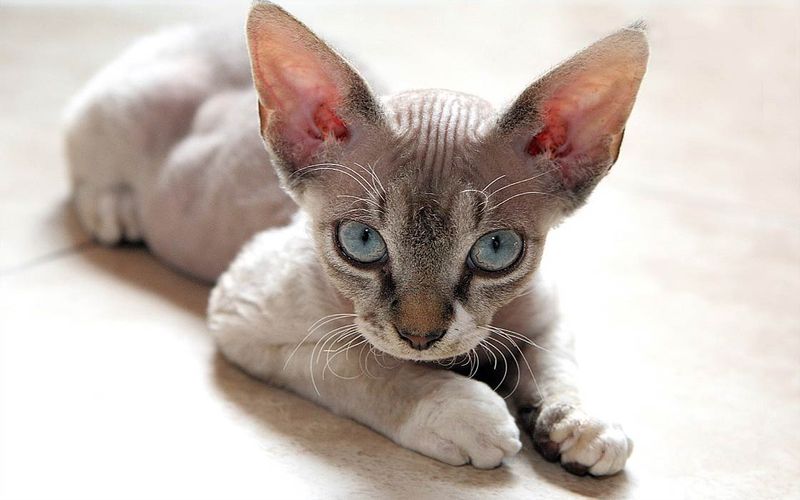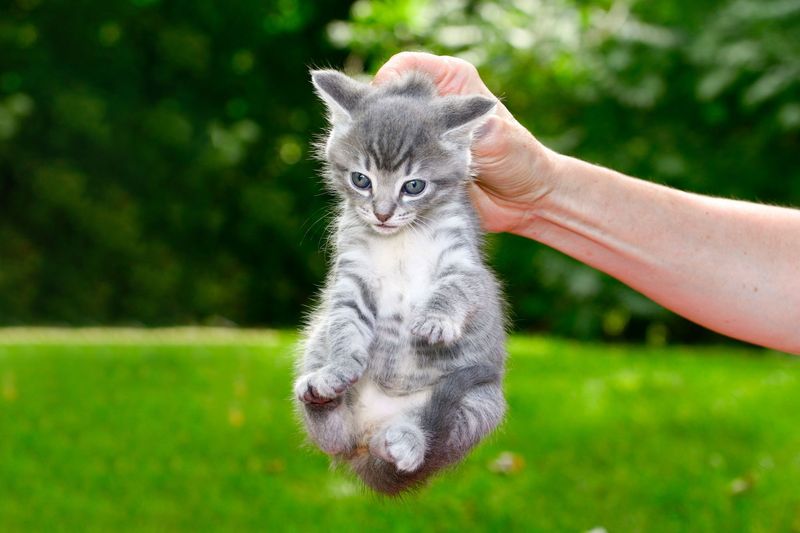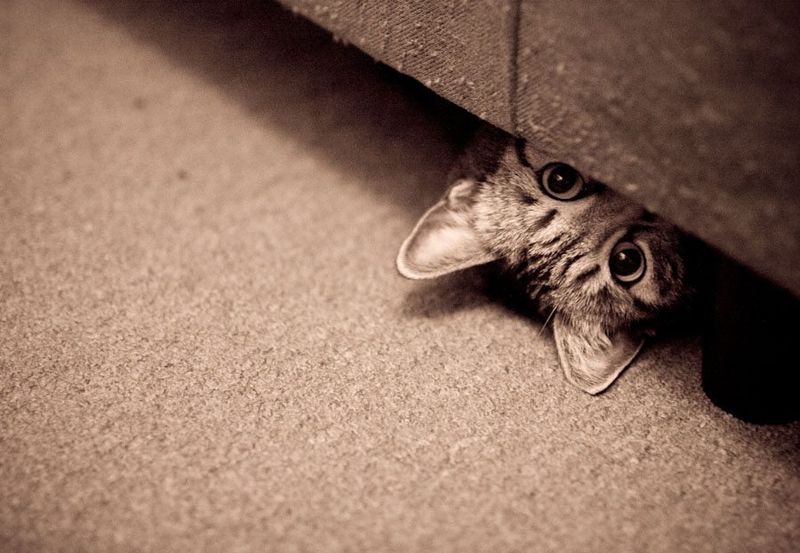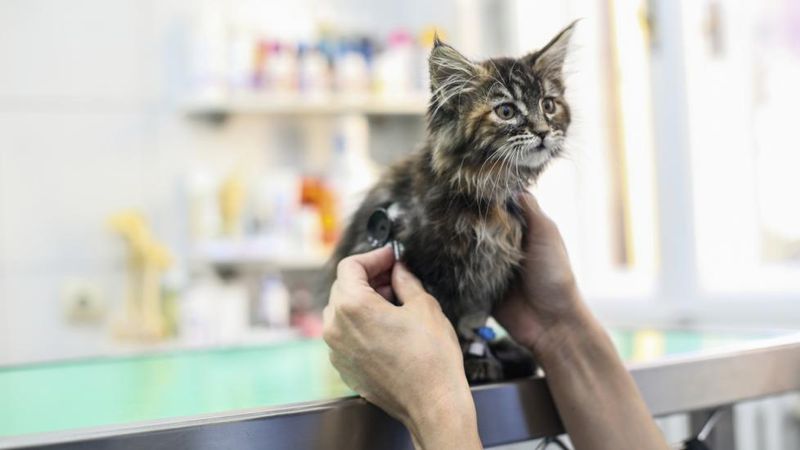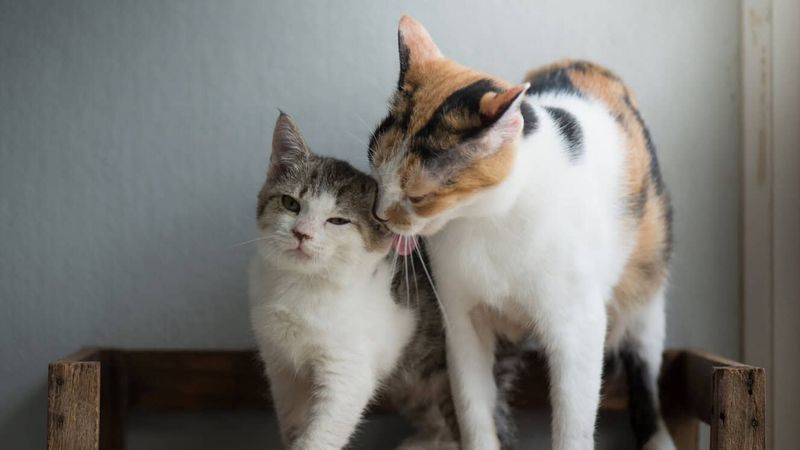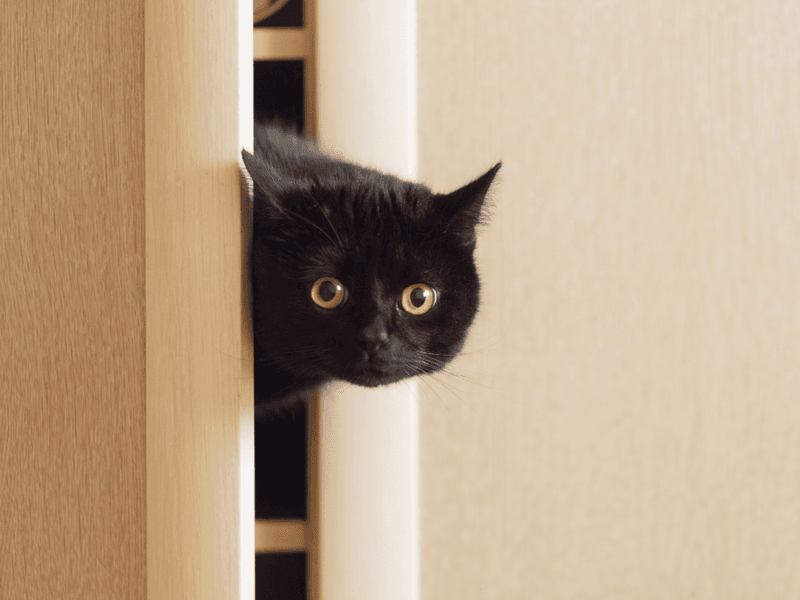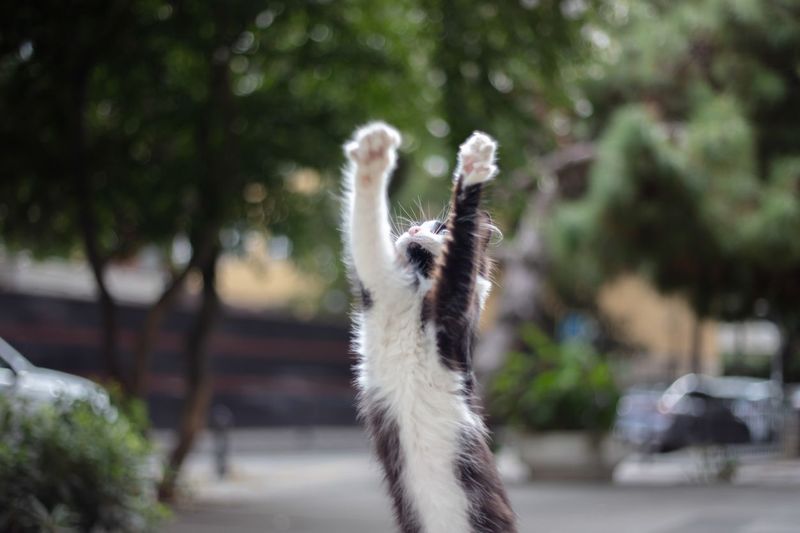📖 Table of Content:
- 1. Less Space Needed
- 2. Lower Food Costs
- 3. Easier to Handle
- 4. Takes Up Less Room
- 5. Generally Lighter Impact
- 6. Cuteness Factor
- 1. Vulnerability to Injury
- 2. Can Be Overlooked
- 3. Health Issues (Sometimes)
- 4. Can Be Intimidated by Larger Pets
- 5. Might Be Harder to Spot
- 6. May Struggle with Certain Tasks
Whether you’ve adopted a naturally petite breed or simply ended up with a compact companion, their delicate features and kitten-like aura have a way of stealing hearts effortlessly. But beyond the cuteness lies a unique experience of pet ownership that brings both surprising benefits and lesser-known challenges.
Owners often discover that having a small cat subtly changes their expectations and routines. Some aspects of care become easier, while others may require extra attention or adjustment. The everyday interactions — from feeding and grooming to snuggling and supervising — often feel different compared to life with a larger feline. This blend of quirks and conveniences sets smaller pets apart in ways both delightful and complex.
In the following sections, we’ll explore six notable advantages and six equally important drawbacks of sharing your life with a more petite feline. Each point reflects practical realities and the nuances of personality that come with these little creatures. Here’s a closer look at what makes them both rewarding and, at times, demanding companions.
1. Less Space Needed
Living with a smaller pet means maximizing comfort in even the smallest of spaces. These little companions don’t require sprawling room to roam, making them ideal for studio apartments or cozy homes. Unlike larger breeds, they’re often content curling up in a shoebox or perching quietly on a bookshelf. Their agility lets them navigate tight areas with ease, seldom causing the chaos that a bulkier pet might. It’s not uncommon to see them claim small nooks as their personal kingdoms. This minimalist lifestyle simplifies pet-proofing and helps reduce clutter in shared spaces. For those in tight quarters, a smaller cat fits naturally into the rhythm of daily life.
2. Lower Food Costs
Feeding a small feline can feel like a gentle nudge to your wallet rather than a blow. With a modest appetite and slower metabolism, they require less food on a daily basis. This means fewer trips to the store and reduced monthly expenses for premium cat food or treats. Pet owners often appreciate the longevity of a single bag of kibble or can of wet food. Over time, these savings add up, allowing funds to be reallocated to toys, health care, or enrichment activities. Additionally, portion control becomes easier, reducing the risk of obesity. For budget-conscious owners, a smaller pet brings significant relief.
3. Easier to Handle
Handling a tiny cat is a dream compared to larger breeds. Their petite size makes them easy to pick up, groom, and carry around, which is particularly beneficial for elderly pet owners or those with limited mobility. Imagine sitting on your favorite chair, effortlessly lifting them onto your lap for a cuddle session. Their light weight also means less strain on your back when lifting them. In stressful situations, like vet visits, getting them into a carrier is less cumbersome. Overall, their manageability makes owning a tiny cat a delightful experience.
4. Takes Up Less Room
Tiny cats have the advantage of occupying minimal space, whether they’re napping on a bed or lounging on a desk. Their small size allows them to fit into cozy spots without dominating the area, making them perfect for those who appreciate an uncluttered space. Picture a quiet evening with your cat curled up in a corner, leaving you with plenty of room to spread out. This unobtrusive presence is particularly appreciated in shared spaces, where their light footprint ensures harmony with your lifestyle without intrusions.
5. Generally Lighter Impact
With their gentle steps and light bodies, tiny cats have a subtlety that larger cats lack. Their movements are less likely to send household items tumbling, making them ideal for homes filled with delicate decor or tight spaces. This minimized impact also means you can leave breakables out without constant worry. Their physical delicacy translates into a more serene household, where peace is maintained alongside your prized possessions.
6. Cuteness Factor
The enduring appeal of a pint-sized feline’s appearance is hard to ignore. Many people associate small stature with youth, which means these cats often retain a kitten-like charm well into adulthood. Their expressive eyes, dainty paws, and delicate features evoke a nurturing instinct in humans. Social media feeds overflow with admiration for these compact companions. Visitors frequently remark on their “forever kitten” aesthetic, strengthening the bond between cat and owner. This visual delight can elevate mood and add warmth and joy to the daily rhythm. In the realm of cuteness, small cats hold undeniable sway.
1. Vulnerability to Injury
One of the primary concerns with these tiny creatures is their fragility. Their smaller bones and lighter build make them more susceptible to injury from falls, roughhousing, or minor accidents. Owners must take extra precautions when introducing them to multi-level furniture or curious children. Steps may need to be taken to add ramps or barriers to reduce risk. Accidental drops, even from short heights, can cause more harm than expected. Toys and activities should be selected with their size and safety in mind. Overall, the need for gentle care is heightened when the cat is especially petite.
2. Can Be Overlooked
Small pets can blend into their surroundings a bit too well. It’s alarmingly easy to miss them when they’re curled up in a pile of laundry, nestled into a blanket, or tucked into a shelf. This camouflage effect can result in accidental injuries if someone sits down or closes a drawer without checking. Pet owners often find themselves double-checking every corner before vacuuming or moving furniture. Even in plain sight, their diminutive size can make them seem invisible during a busy day. Those with mobility or vision limitations may struggle to locate their companion consistently. Awareness becomes a daily responsibility in such households.
3. Health Issues (Sometimes)
While many small cats are perfectly healthy, some arrive undersized due to genetics or early developmental issues. Being the runt of a litter, for example, may come with immune system deficiencies or congenital conditions. These cats might need more frequent vet visits or specialized care routines. Growth delays and organ development concerns can also require long-term monitoring. In some cases, specialized diets or supplements become part of daily life. Owners should be prepared for higher medical attention or adjustments to routine care. Proactive health management is essential when size reflects underlying vulnerabilities.
4. Can Be Intimidated by Larger Pets
In multi-pet households, a tiny cat may feel overwhelmed by larger animals. Their small size can make them vulnerable to intimidation, causing stress or anxiety. Picture a world from their perspective, where every interaction requires caution. Creating a safe and harmonious environment for them involves understanding their need for secluded spaces and gentle introductions. Owners must foster positive interactions, ensuring their tiny cats feel secure and confident in their surroundings, even when sharing their home with bigger pets.
5. Might Be Harder to Spot
Small cats have a knack for vanishing into the smallest of places. They might squeeze behind furniture, slip into cabinets, or curl up inside laundry baskets without a sound. This tendency can spark anxiety if they seem to disappear for hours. Search routines often become normal, especially when they’re hiding due to mood changes or illness. Baby-proofing-level vigilance is sometimes required to avoid mishaps or accidental confinement. Guests unfamiliar with the animal may not even realize it’s in the room. The daily routine often includes a game of hide-and-seek — whether you planned for it or not.
6. May Struggle with Certain Tasks
Physical limitations can occasionally present themselves in everyday activities. They might not have the strength to leap onto high surfaces or the reach to interact with certain toys. Even using a litter box with high walls might pose a challenge. Owners often need to modify furniture or purchase items tailored for kittens or miniature breeds. These changes help ensure independence and comfort without frustration. Playtime, too, may need to be more interactive and intentional. Tailoring the environment becomes key to helping a smaller pet thrive.
